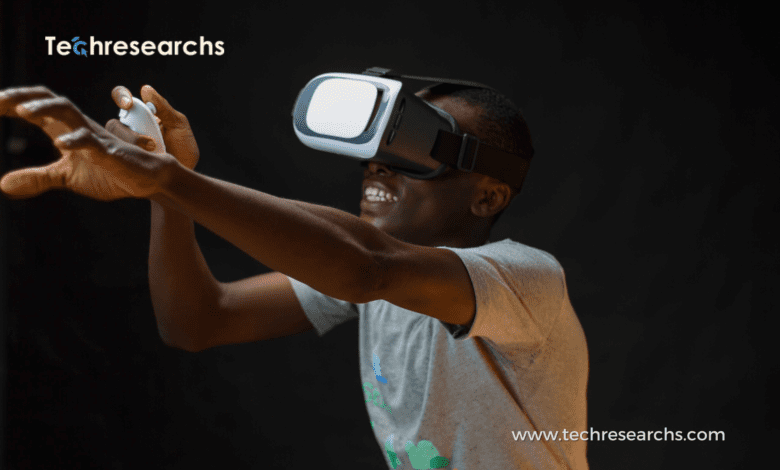Mobile Tools For Augmented Reality: Web Or Native?


Mobile Tools For Augmented Reality: When a developer first begins to work with augmented reality (AR), navigating augmented reality (AR) products can be challenging.
Your consumers and clients have a variety of alternatives for receiving augmented reality information. You can choose from the following options while making your digital product:
Web or native?
Knowing how you want to send your AR material to the user is crucial when developing for AR.
If you have a game, you might want to consider creating an app, which calls for creating separate versions for IOS and Android devices.
Both types of mobile devices have unique programming languages for creating apps, while Quick Viewer for iOS and AR Core for Android devices both have distinct AR outlets for displaying AR.
Both could call for some prior Swift (for Quick Viewer) and Kotlin understanding (for AR Core)
Apple Products
Rapid Viewer
- Swift
- IOS, which mostly uses.reality files and.usdz files, might occasionally experience difficulties presenting animations through Quick Viewer.
Android products:
Core AR
- Kotlin
- It’s crucial to translate your app-based experiences for both Android and iOS devices.
Third-Party Web Tools:
Model Viewer:
- Vanilla.js
Follow the instructions by bringing the link into a simple JS page. Model Viewer is excellent for items that only need to be seen (such as 3D models of furniture for a furniture store), and it will display animations on the preview page.
Unfortunately, it frequently struggles to display an animated figure in AR mode, which is disappointing if you have an animated interaction or chart.
- 8th Wall
- The developers of 8th Wall have done the majority of the work for you in terms of backend, frontend, and augmented reality gimmicks, making it a terrific tool for those who are ready to pay. This is a powerful tool with tonnes of potential, and the fact that you may self-host in addition to using their hosting system broadens your customizing possibilities. When attempting to import Javascript modules like Axios, etc., using 8th Wall hosting, there may be issues.
- Depending on your selections, they either use Aframe.js or Three.js internally.
- High costs
Three.js or Aframe.js
- As frontend languages, neither of these is functional without a backend, although
- Even for those who are familiar with JavaScript, Three.js tends to be more powerful and configurable but requires more effort to understand.
- If you are already familiar with Javascript, learning Aframe.js will be very simple. This has extremely simple documentation and is highly beginner friendly.
- These frontend languages are incredibly potent and enjoyable to use tools, so long as you can host the backend.
Zappar
- No coding, just 2D and 3D design:
For product designers that don’t want to pay engineers, this is fantastic.
Zappar is an excellent tool as long as you have your text, 2D, and 3D assets handy, but it is stiff, so it might be challenging to customize it to your particular use case if you are looking to do anything more complicated or unusual.
However, it appears like a fantastic tool for teachers who wish to employ visual interactions for straightforward instructional objectives.
Learn more about Ultimate Guide To The Virtual Reality World
Conclusion: Mobile Tools For Augmented Reality
It might be challenging to sort through the various augmented reality development alternatives available to decide which is best for your project, but augmented reality tools are getting better every day.
You have a lot of ability to create amazing experiences if you can sift through which is ideal for your needs.



